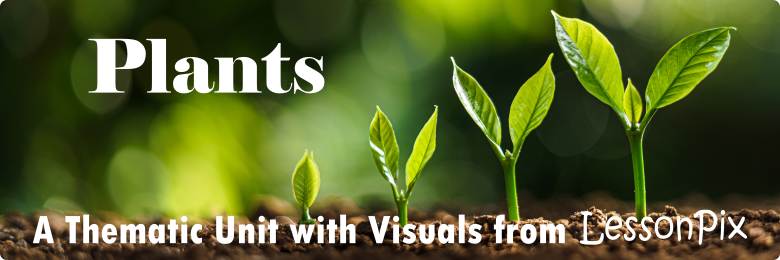
Plants
Acorns to the mighty oak, plants are living organisms that typically grow at a permanent site and synthesize energy through photosynthesis. Check out these ideas and materials to support your thematic unit on "Plants". For more lesson ideas and videos on this unit, check out PBS Learning Media.
Objective: Students will identify needs of a plant, parts of a plant, and the life cycle of a plant.
Introduction
Bring out a potted plant. "What is this?" (a plant!) "Is it alive??" (poke with a stick as if to see if it's alive and stare at it inquisitively). "Will it bite me? Can it talk? What's it thinking?" Pull out thought bubbles and/or speech bubbles on a stick and place it (one at a time) in the plant showing different ideas of what it may be saying.
Look at a plant. Discuss where the plant came from and what does it do. Put together a K-W-L chart to write what students K- know about plants and any questions that they W - want to know about plants. (At the end of the unit - write items they L - learned about plants.
What is a Plant?
Identify what a plant looks like. Consider what is a plant and what isn't a plant. Depending on age level, discuss sea weed, moss, mushrooms, crystals, cacti, and other more challenging organisms.
Parts of a Plant
Look at the different parts of a plant. What do plants have in common?
Students can "dissect" a plant using scissors (cutting skills) and sort plant parts on sorting mats.
Needs of Plants
Students can learn to take care of plants. Look at the items needed to grow a plant.
Plant Vocabulary
Look at new vocabulary related to plant.
Display unit vocabulary on a chart or word wall as a reference in reading and writing.
Play games to further practice and discuss plant vocabulary.
Or hide unit vocabulary in a garden sensory box.
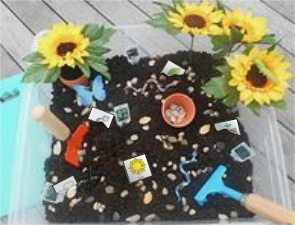
Life Cycle
What is the life cycle of a plant? Where do seeds come from?
Types of Plants
Plants are a diverse group of organism.
Are they edible? Discuss which plants are healthy to eat - and which are dangerous!
Sequencing
Students can sequence how a plant grows, how to plant a plant, or how to take care of a plant.
Plant a Garden
Start your own class garden. Place visuals of garden vocabulary, tools, and needs of a plant nearby.
Sort garden tools vs house tools.
Literacy with Plants
There are many wonderful fictional storybooks and nonfiction materials about plants. Here are a few. (Click links for more LessonPix Visuals for the story)
- Apple Farmer Annie by Monica Wellington
- Bug by Robin Koontz
- Flower Garden by Eve Bunting
- Leaves by David Ezra Stein
- Nobody Hugs a Cactus by Carter Goodrich
- Planting a Rainbow by Lois Ehlert
- Spring Stinks by Ryan T Higgins
- The Very Hungry Caterpillar by Eric Carle
Or...create your own simple stories to teach about plants.
Play plant-themed games to teach rhyming, phonemic awareness, sight words or decoding.
Plant-Themed Writing
Students can write / spell words related to the unit.
Students can write or draw about plants.
Plant-Themed Math
Embed plant vocabulary in math centers and activities.
Place flower patterns on class calender. Pull each day as it arrives. Students guess what the next flower will look like in the pattern prior to putting it on the calender.
Make patterns with garden vocabulary.
Roll die 10 times and graph results.
Arts and Crafts

Snack time!
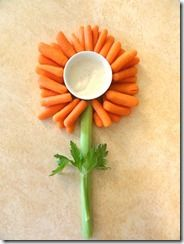
Fine Motor Activities
Make your own flower arrangements
CUtting shapes to sequence, play, or wear as a badge
Evaluation
Students can self evaluate how much they know about plants.
More Plant Activities
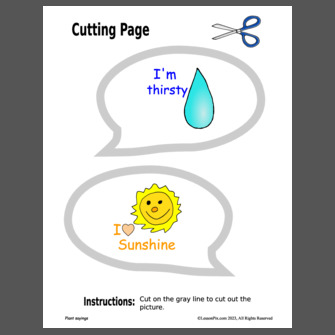
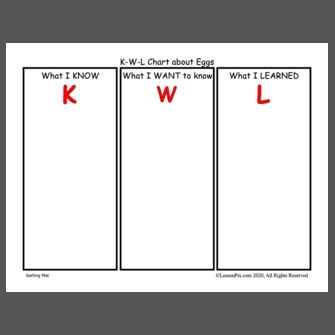
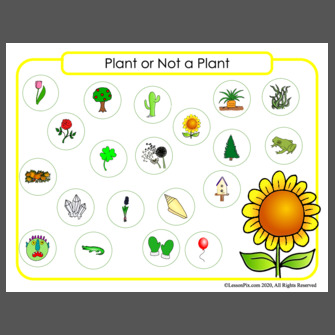
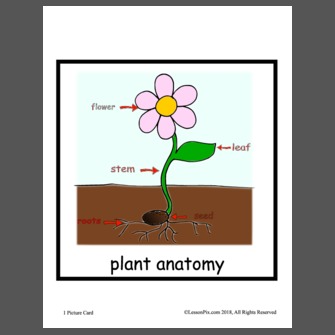
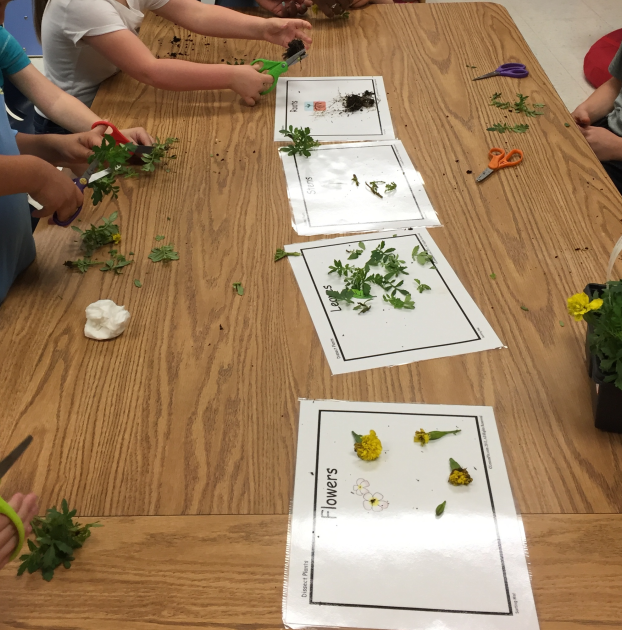
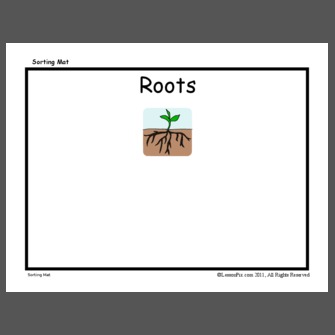
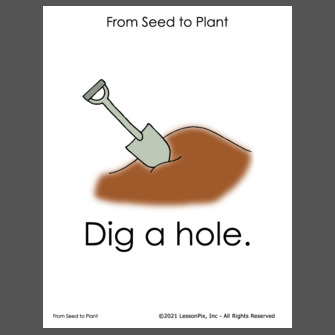
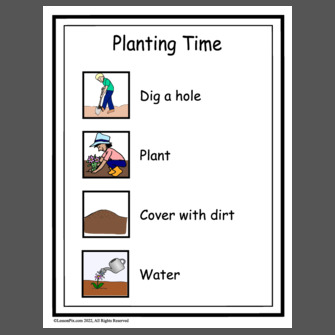
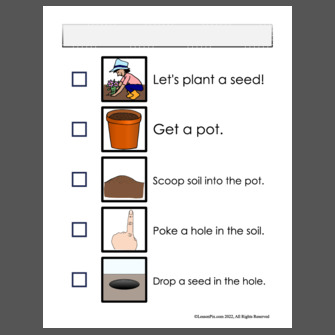
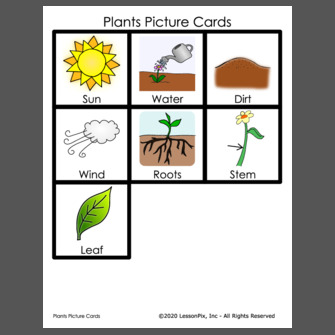
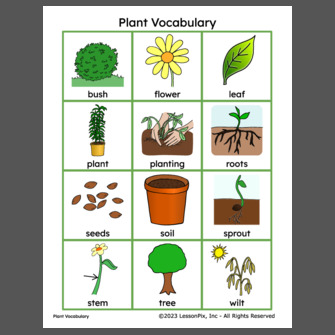
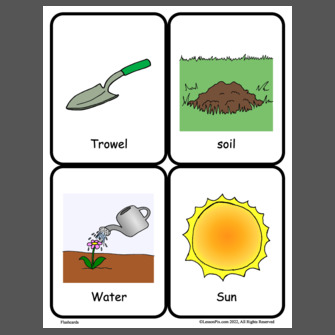
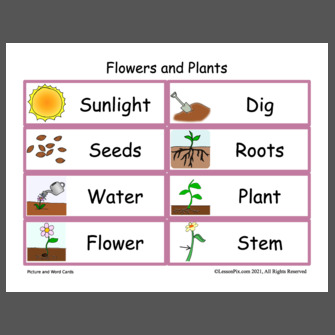
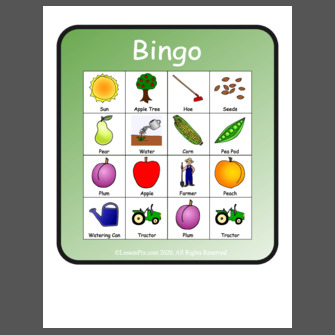
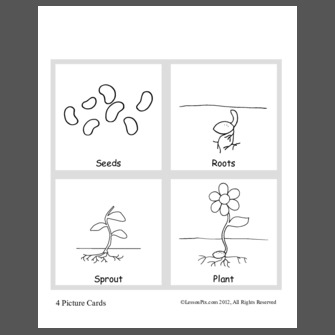
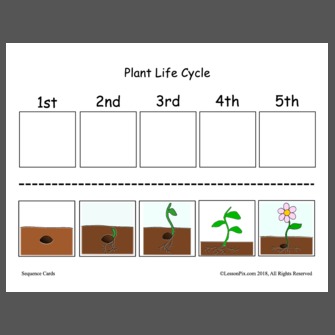

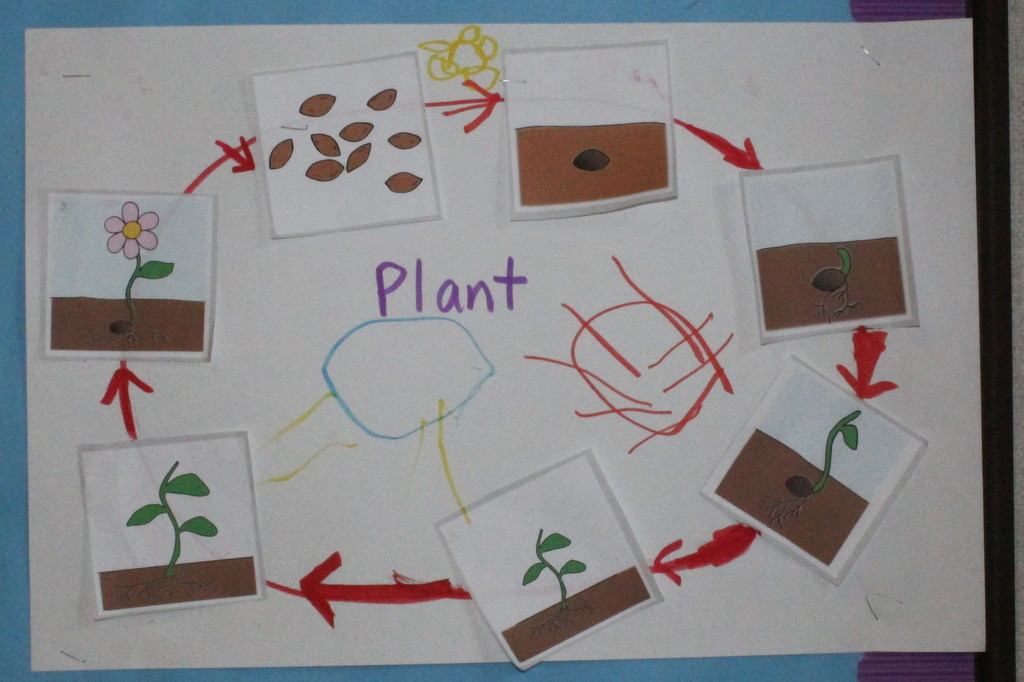
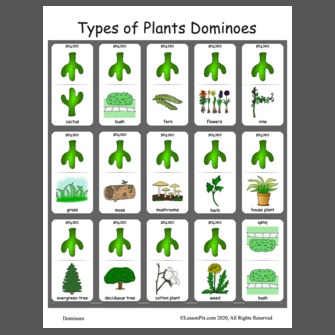
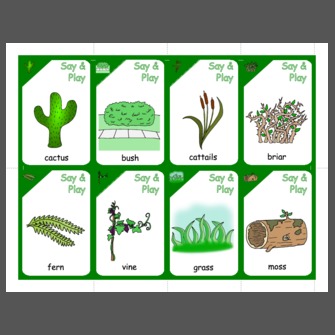
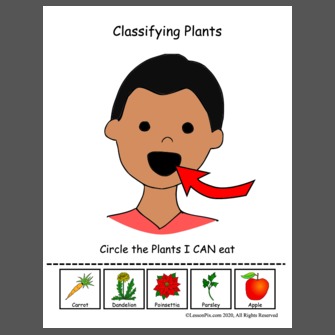
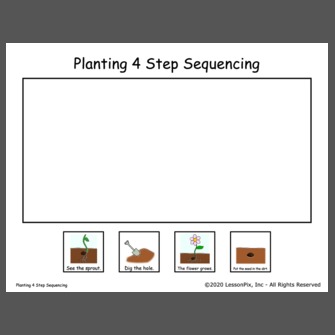
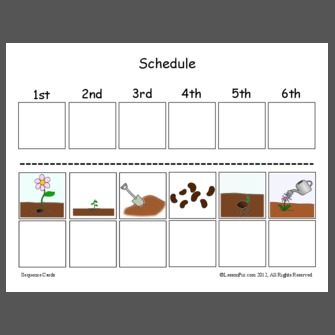
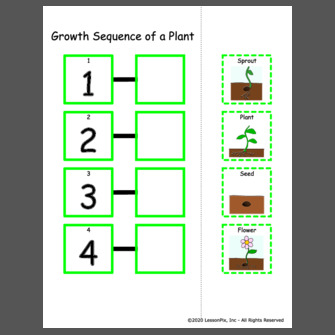
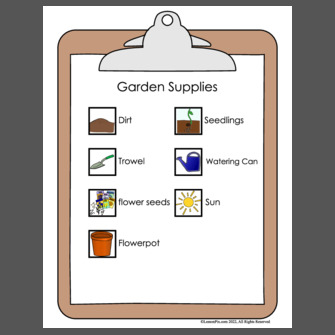
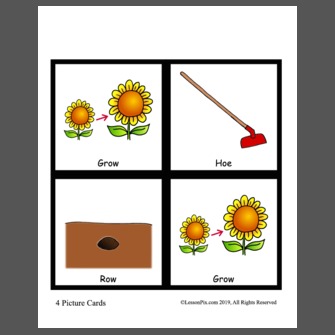
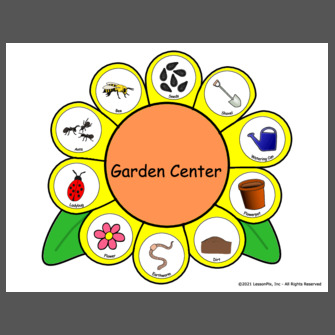
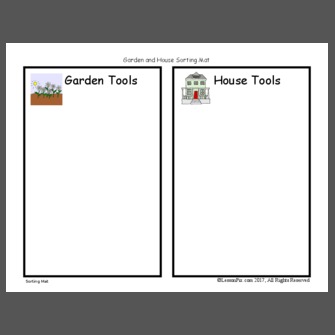
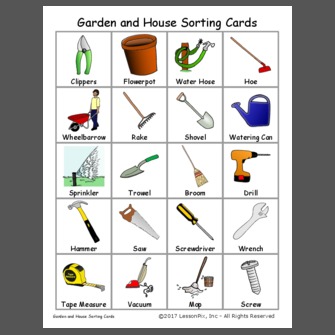
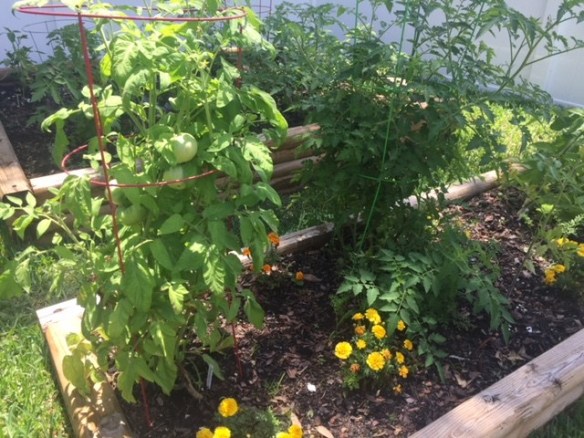
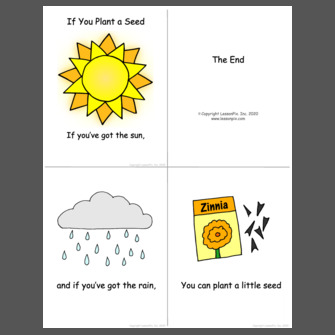
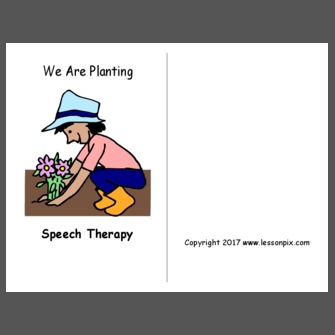
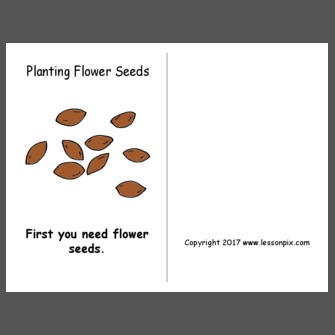
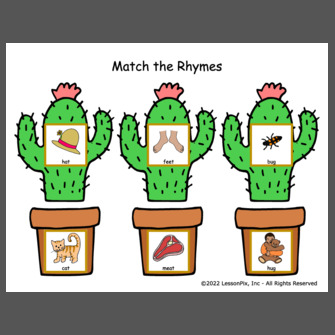
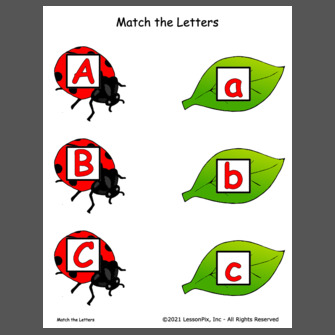
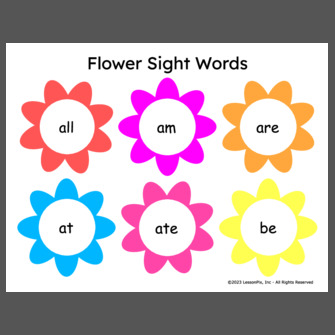
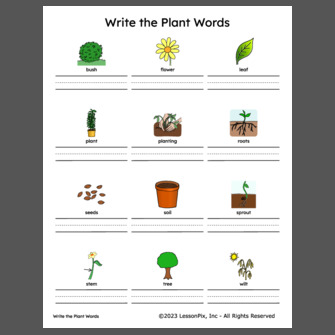
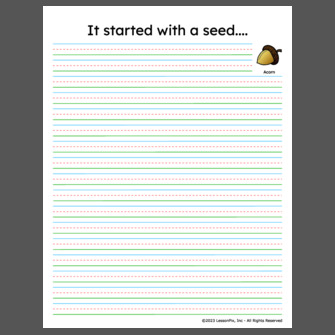
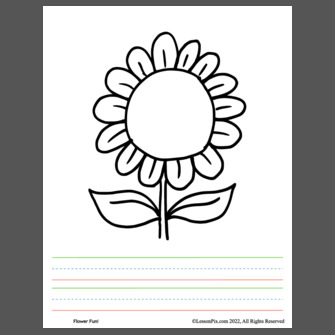
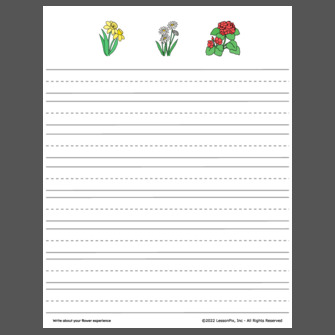
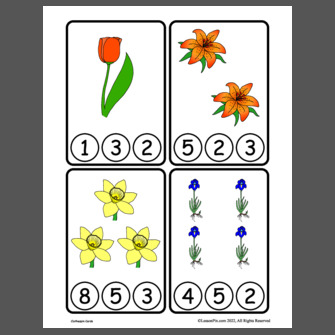
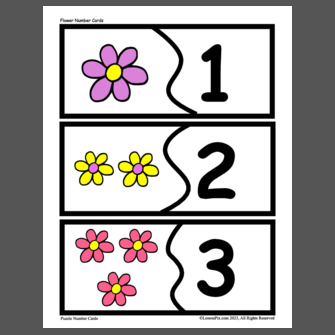
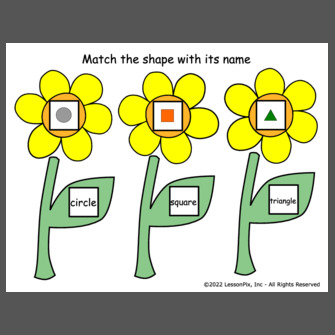
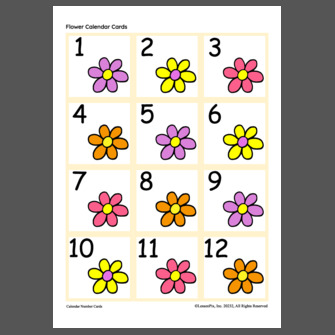
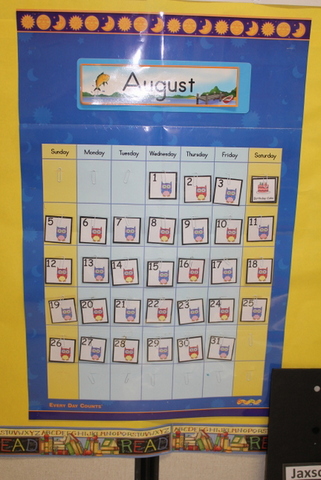
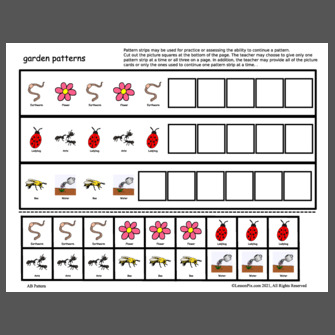
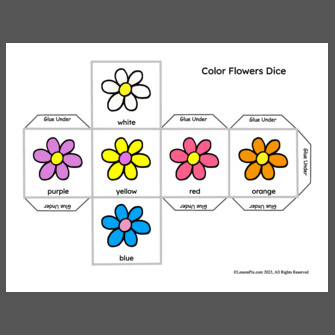
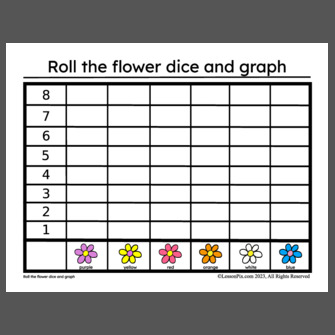
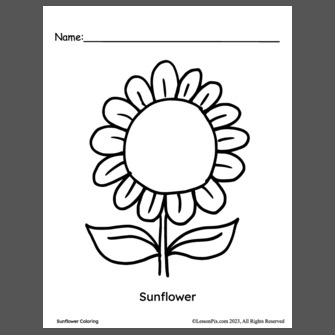
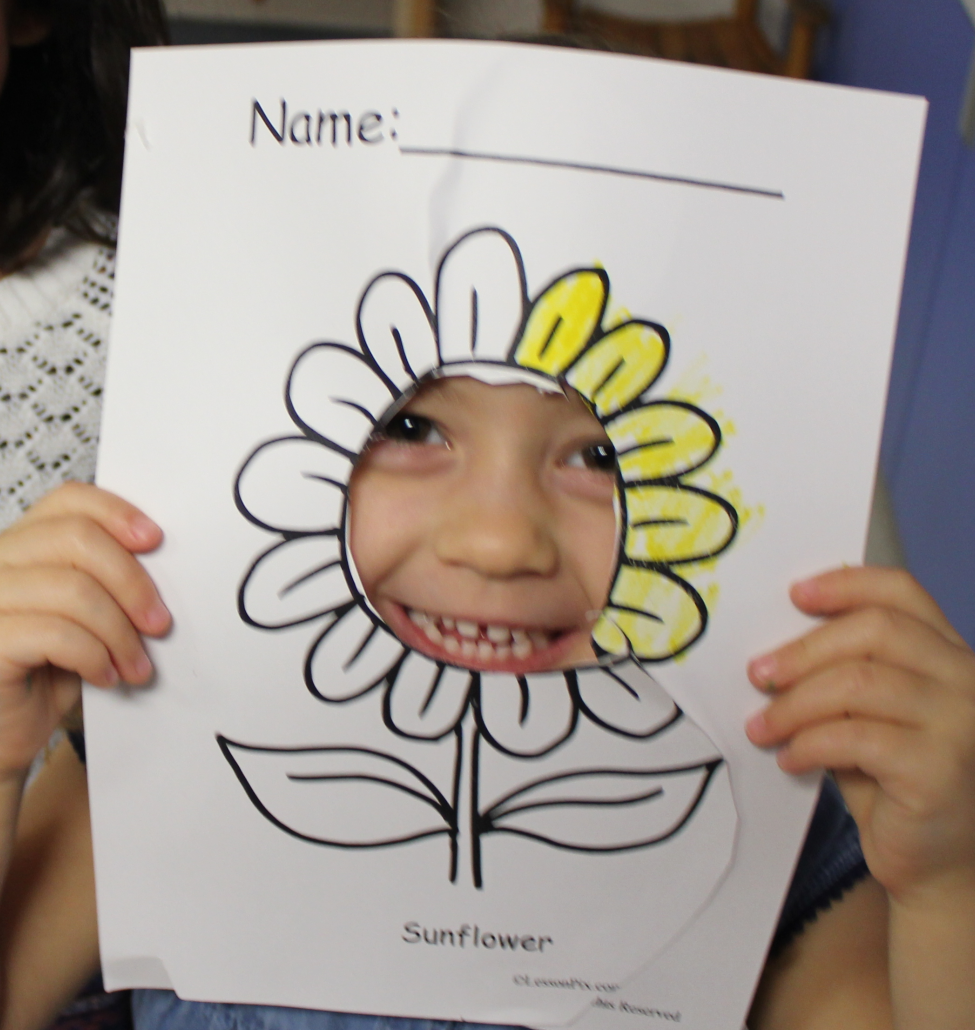
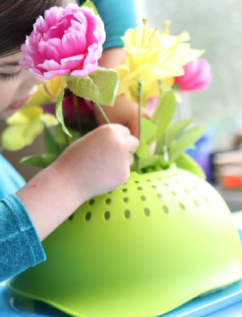
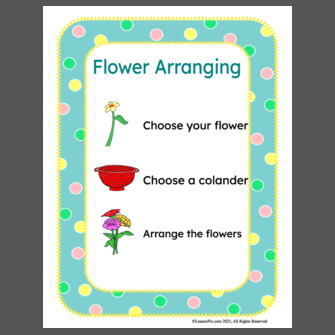
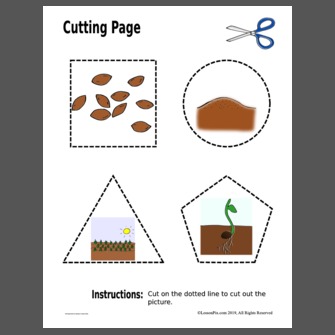
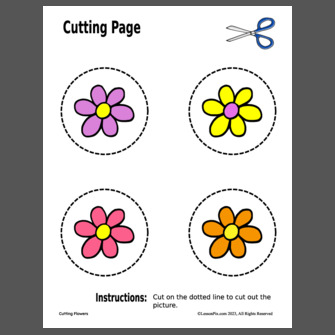
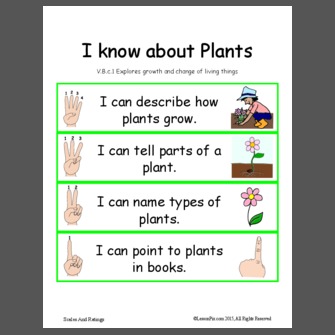
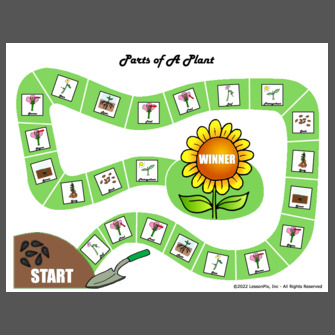
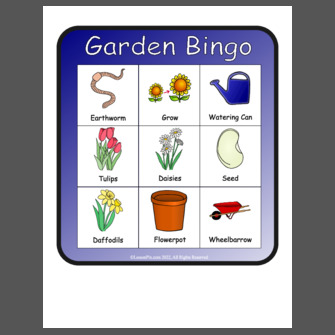
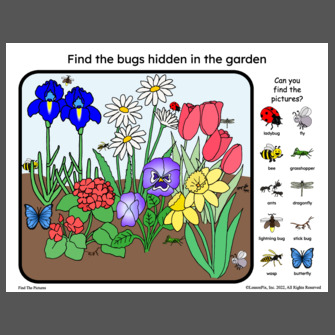
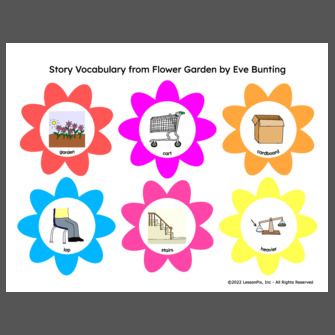
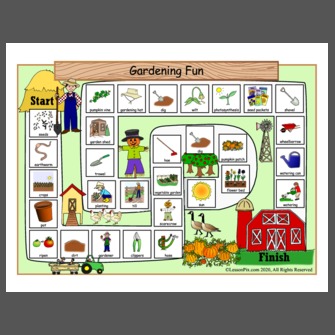
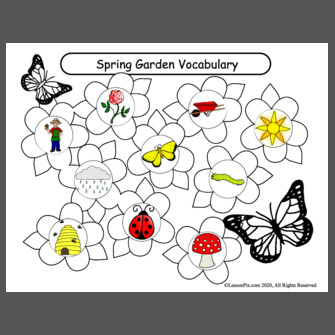
 Facebook
Facebook Twitter
Twitter Pinterest
Pinterest